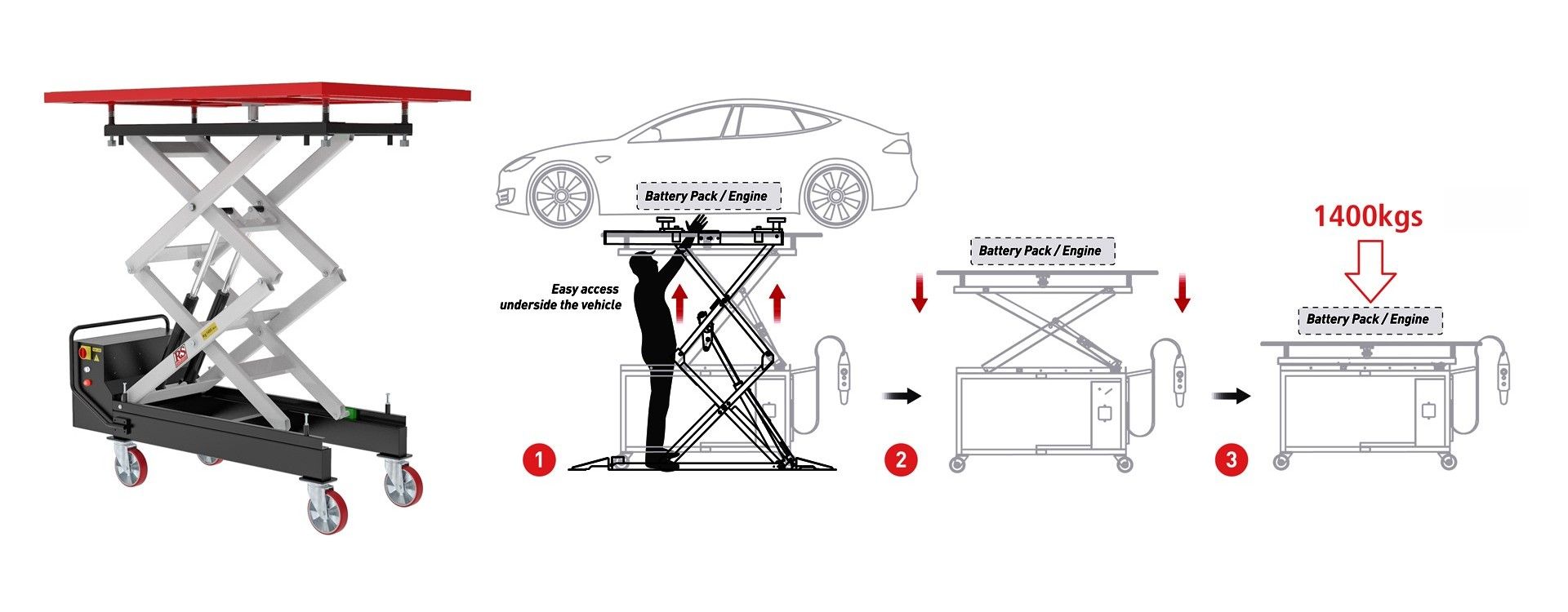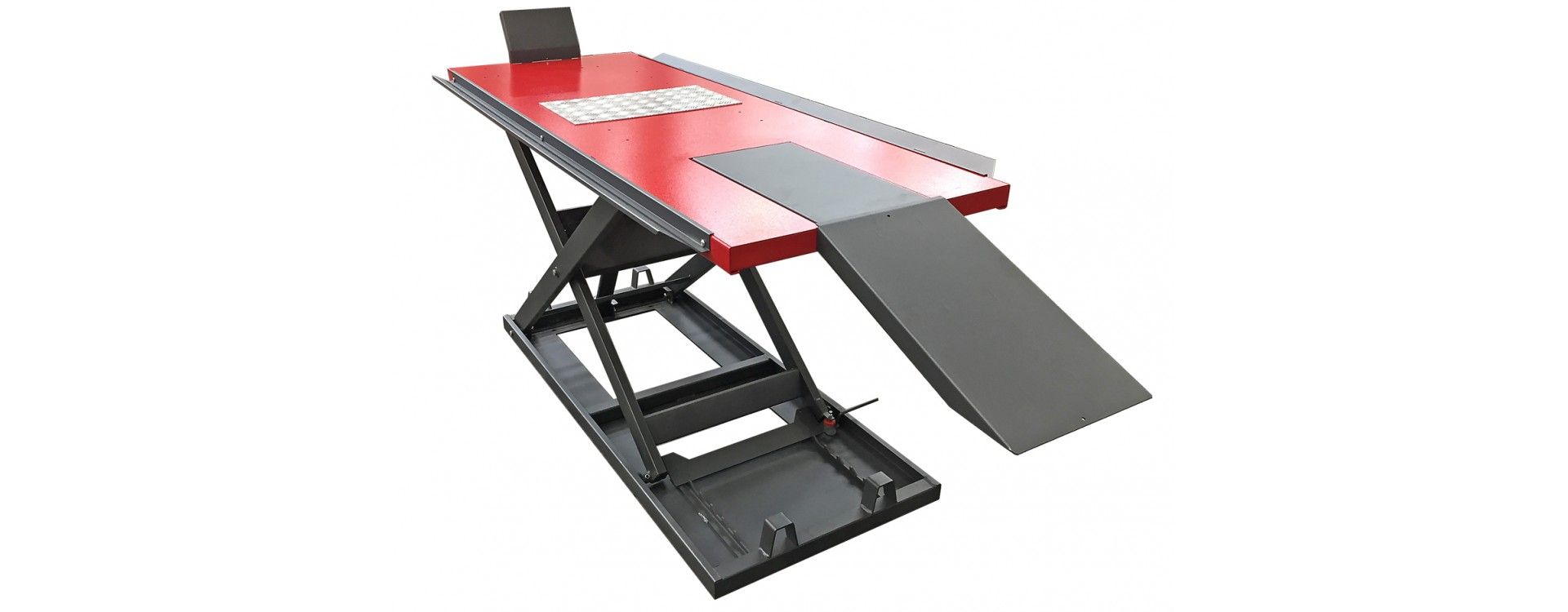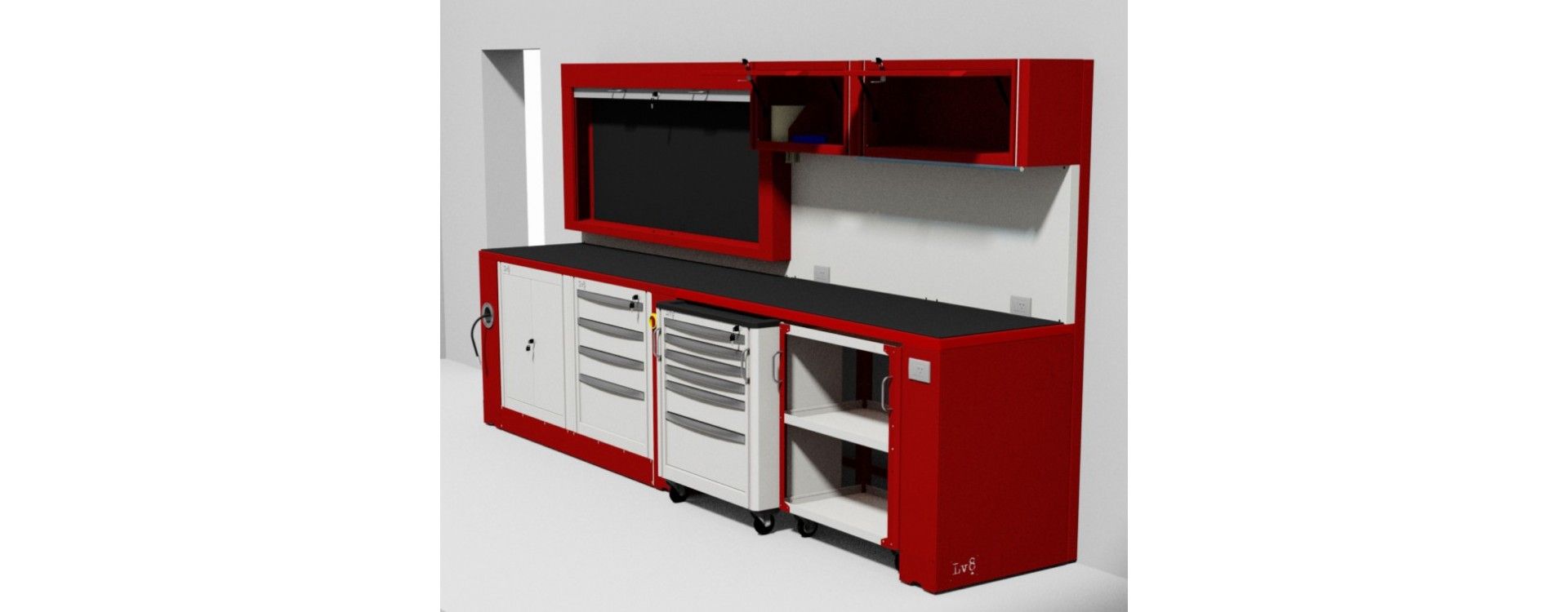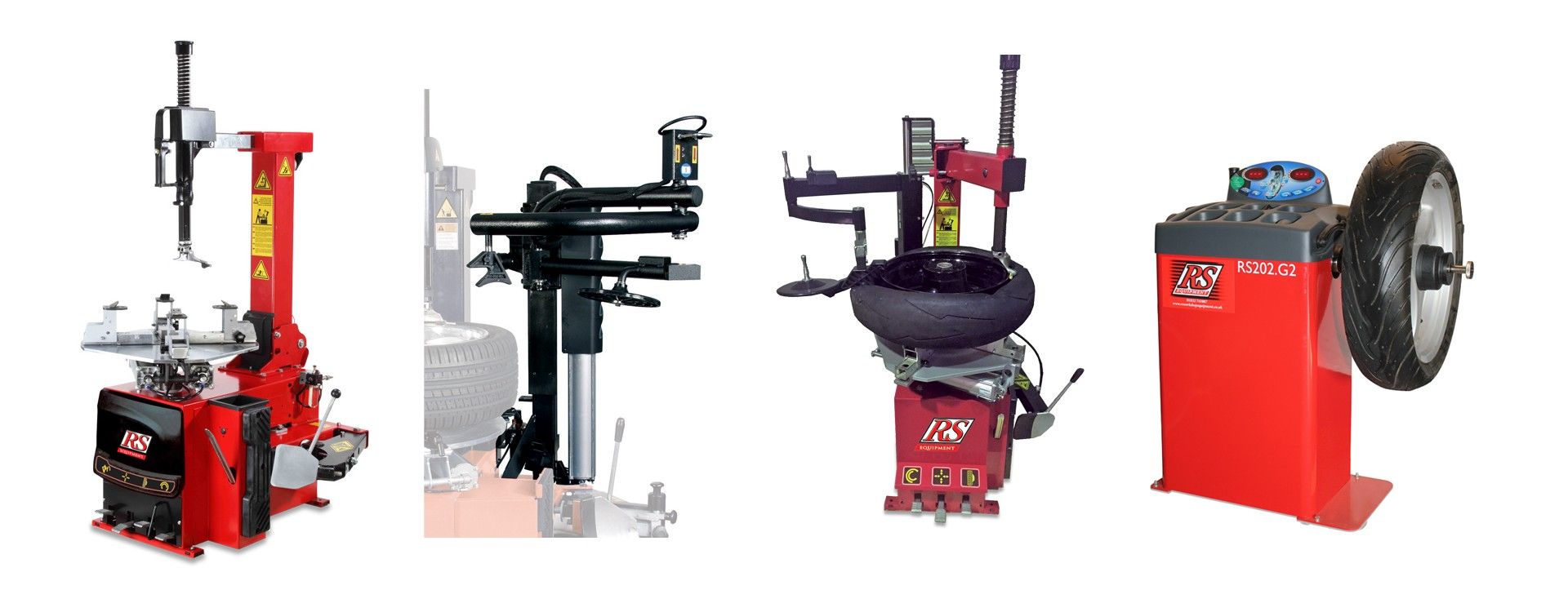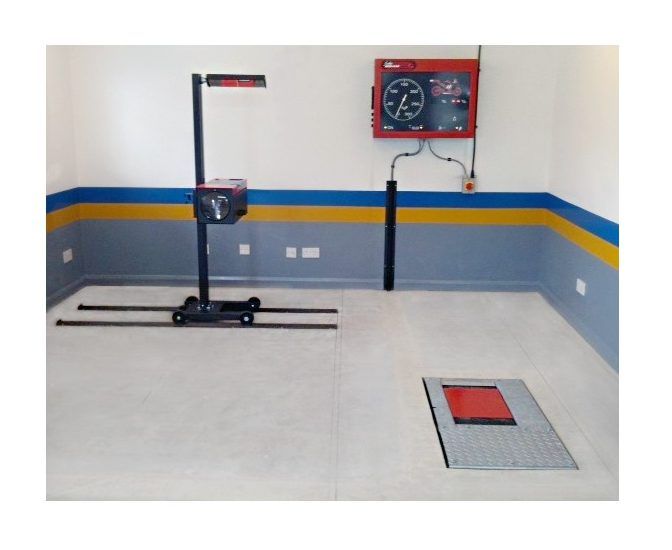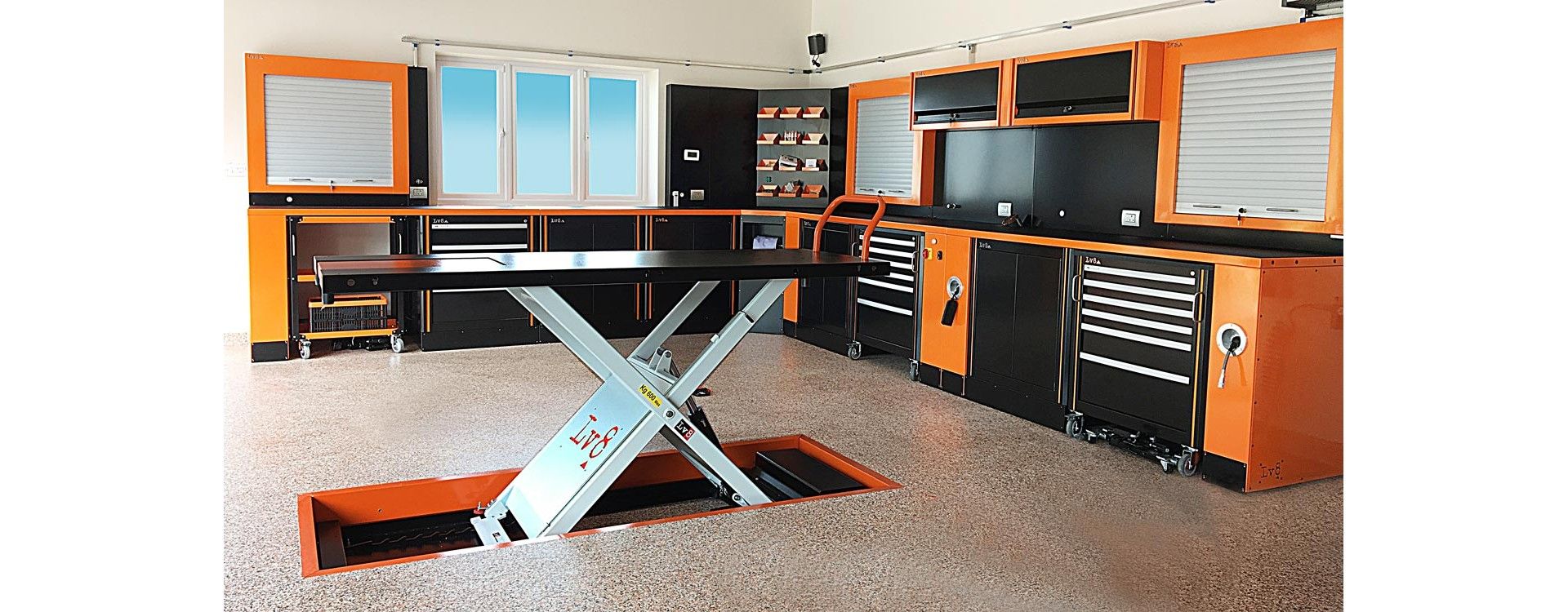Every motorcycle owner has a duty of care to themselves and other road users by ensuring their motorbike is kept in tip top condition.
UK government guidelines require that all vehicles should be legally roadworthy, one legal requirement is passing the Ministry of Transport test annually, better known as an MOT.
Just like with any car, if your motorcycle is under 3 years old it will not need an MOT, but it will be required to pass an annual motorcycle MOT inspection from its 4th year onwards. If you are found to be riding without a valid MOT certificate, it can result in a fine of up to a £1,000 and will invalidate your insurance policy.
Most bikers are responsible owners and riders, they take a lot of pride and care maintaining their motorcycle. In this article we look at what is required to pass a motorbike MOT, and what to expect from the motorcycle garage you choose to carry out the inspection.
Motorcycles are broken in two MOT classes, engines up to 200cc fall into ‘class 1’ and engines over 200cc fall into ‘class 2’. The class itself should not affect the cost of the MOT but having a sidecar will. Motorcycle MOT costs £29.65, but rises to £37.80 with a sidecar, this is because sidecars individual components are a separate assessment.
The Motorcycle MOT inspection will not test your engine, clutch, or gearbox. The test inspection will cover and focus on all the vital components of your motorbike, which include:
1. Registration Plates, Vehicle ID and Frame number
2. Headlamp, Lights, Indicators and Reflectors
3. Tyres, Wheels, and Alignment
4. Throttle
5. Brakes and Controls
6. Steering and Suspension
7. Drive Chain and Sprocket
8. Motorcycle Frame
9. Exhaust and Fuel Systems
10. Seats
11. Horn
12. Footrests
For each of these tests the inspector will use specialist MOT motorcycle tools and testing equipment to look for any damage or excessive wear, ensuring all motorcycle parts, equipment and accessories meet UK government standards, for example:
· Motorcycle headlamps testers will check the overall lights condition, aim and that they are fitted with the correct colour bulb.
· Steering and suspension tests will focus on the motorcycle forks, handlebars, bearings, swinging arm and shock absorbers.
· The overall condition of the motorbike wheels and tyres will be assessed, checking wheel alignment, size and type is correct, along with the tyre tread depths.
· The bike frame will be thoroughly inspected to ensure that it is free from and damage, cracks, or corrosion.
· Motorcycle roller brake tester will ensure the bike brakes and pads perform to the standards expected, also checking the wheels rotate freely once the brakes are released.
· Hydraulic Motorcycle Lifting Equipment is used to check the motorbike exhaust which needs to be free from leaks, secured to the vehicle with the noise level as quiet as possible.
· Some other simple checks and observations will include the horn, throttle, and clutch lever are all working, plus the registration plates are legible.
The Department for Transport (DfT) requires motorcycle garages to carry the triple blue triangle logo to be an authorised motorcycle MOT facility. All accredited Motorcycle MOT test centres will have qualified testers who complete and pass a training course from the ‘Driver and Vehicle Standards Agency’ (DVSA), this is a government agency who regularly check MOT testers to ensure they are meeting exacting standards.
Garages with class 1 and class 2 motorcycle MOT testing bays should have the following equipment installed as standard:
1. DVSA approved Roller Brake and Headlamp Beam Testers with calibration certificates
2. Calibrated Motorcycle combination, Quad, Trike, ATV Decelerometer
3. Motorcycle Weighing Scales
4. Motorcycle Tyre and Wheel Alignment Checking Apparatus
5. Hydraulic Motorcycle Lifting Equipment
6. Digital Brake Meter
7. Motorcycle Handlebar Bracket
8. MOT Blue Triangle Sign.
Finally, the floor area in which a motorcycle MOT testing bay is installed must conform to ‘Driver and Vehicle Standards Agency’ (DVSA) requirements. The testing bay and observation area should be housed in a weatherproof building with adequate parking space.
Testing bays should have sufficient space for vehicles to be easily manoeuvred onto the test equipment, along with sufficient artificial lighting to enable testing to be carried out without any difficulty.


